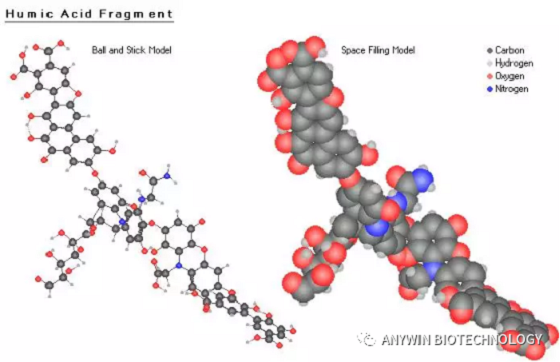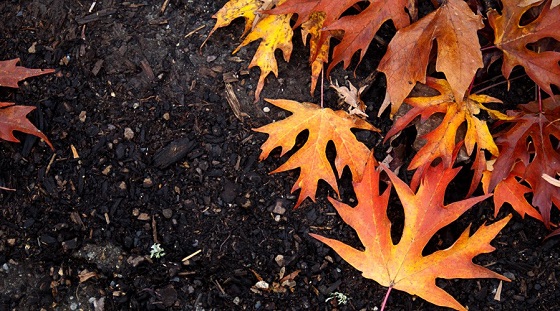
Exhibition time: 17-19 March, 2026 Shanghai, China
 中文
中文

Exhibition time: 17-19 March, 2026 Shanghai, China
 中文
中文
Five Functions of Humic Acid
1. What is Humic Acid?
Humic acid is the remains of animals and plants, mainly the remains of plants. It is a kind of organic matter generated and accumulated through a series of processes of microbial decomposition and transformation, as well as geochemistry. Humic acid is acidic (pH value is 3-5), which can improve the alkaline soil in saline alkali soil.

2. What are the Types of Humic Acids?
According to molecular weight, it can be divided into three categories:
(1) Fulvic acid (fulvic acid): the part of humic acid that dissolves in both alkali and acid is called fulvic acid.
The molecular weight of fulvic acid is very small, it can be directly absorbed by plant roots or leaves through stomata, and enter into plant body.
(2) Brown humic acid:the part of humic acid that is soluble in alkali but insoluble in acid is called Brown humic acid.
(3) Black humic acid: the part of humic acid that is insoluble in alkali or acid is called black humic acid.

3. Five functions of humic acid in agriculture?
(1) Stimulants for Plant Root Growth.
Fulvic acid in humic acid is water-soluble, which has a special role in promoting the development of crop root system. It has fast root growth, many secondary roots, increased root amount and root elongation. Spraying fulvic acid on the leaves can improve the drought and cold resistance of crops.

(2) Improve Fertility.
After the application of humic acid, its active group can combine with nitrogen to reduce the volatilization of nitrogen fertilizer and prolong the fertilizer effect; it can coordinate or chelate with iron and aluminum to reduce the phosphorus fixation caused by the formation of iron and aluminum phosphate, increase the movement distance of phosphorus and stimulate the rooting; it can combine with potassium to reduce the lattice fixation of potassium, increase the quantity of available potassium, promote the color of expanding fruit and improve the quality of fruit. So as to improve the fertilizer utilization rate.

(3) Improve Crop Resistance to Stress.
The content of soil organic matter is high, which provides a good living environment for the beneficial microorganisms. The beneficial flora gradually develops into the dominant flora and inhibits the growth of harmful bacteria. In addition, the plant itself grows healthily due to the excellent soil conditions, and its disease resistance ability is strengthened, which will significantly reduce the disease. Because of the stimulation, the roots of crops are fast, the secondary roots are many, the root amount is increased, the contact area with the soil is large, and the ability of absorbing water and nutrients is strong, so the ability of resisting drought, flood and freezing of crops is enhanced.
(4) Improve Quality.
Application of humic acid can increase sugar content, increase starch, protein and vitamin C content, reduce nitrate and nitrite content in crops, and improve fruit quality.
(5) Improve the Soil.
Mainly in improving the soil structure and increasing crop yield.
